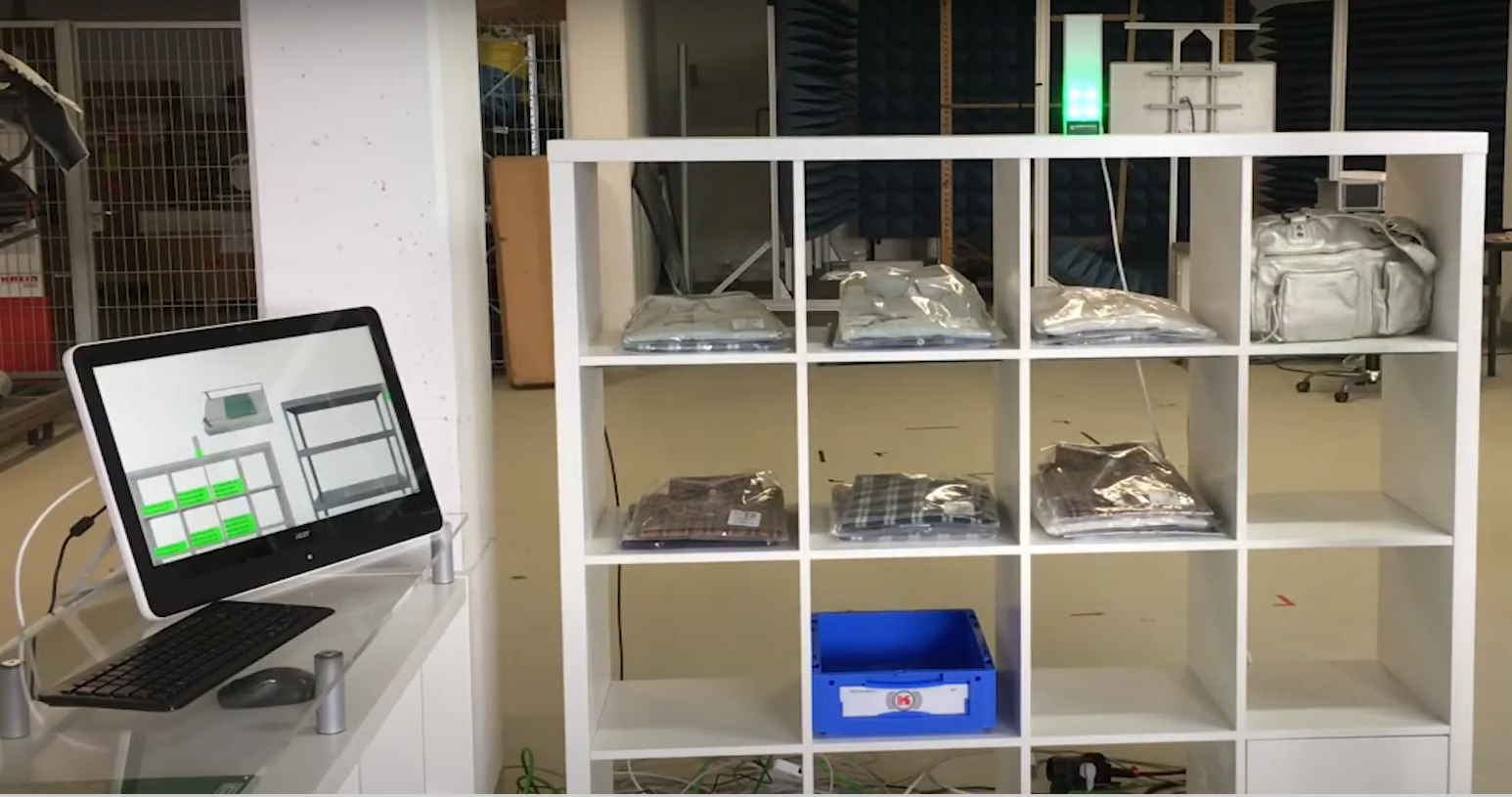Blog on RFID Technology and IoT Solutions
Blog Home
Smart shelves using Iot -What Retailers Should Know About the Emerging Trend?
27 January 2023What are Smart Shelves?
Smart shelves are shelves equipped with Internet of Things (IoT) technology that can automatically track and manage inventory. They use RFID tags, sensors, and readers to collect data on the movement and location of items on the shelves, and this data is analyzed by software to improve inventory management and optimize stocking levels. Smart shelves can be integrated with other systems, such as point-of-sale systems, to provide real-time information on sales and inventory levels. This helps retailers improve their stock management, reduce stockouts and waste by ensuring that items are restocked in a timely manner. Additionally, Smart shelves can also be integrated with other IoT devices such as cameras and beacons to provide additional data on customer behavior and preferences.

How smart shelves works?
Shelves equipped with sensors and connected to a network that can track and monitor the products placed on them. They use technologies such as RFID (Radio-Frequency Identification) or barcode scanning to identify and track the items on the shelf. This data can be used for inventory management, tracking sales, and detecting when a product needs to be restocked. Smart shelves can also be used to gather data on customer behavior, such as which products are frequently picked up or left on the shelf. This data can be used to optimize store layouts and improve the shopping experience for customers.
What are the benefits of Smart Shelves?
Improved inventory management: It can automatically track and monitor the products on the shelf, making it easier to detect when a product needs to be restocked. This can help retailers avoid stockouts and improve their ability to meet customer demand.
Increased sales: Shelves can be used to gather data on customer behavior, such as which products are frequently picked up or left on the shelf. This data can be used to optimize store layouts and improve the shopping experience for customers, which can ultimately lead to increased sales.
Enhanced customer experience: it can be used to provide customers with information about products, such as product reviews, pricing, and nutritional information. This can help customers make more informed purchase decisions and improve their overall shopping experience.
Cost savings: it can help retailers reduce labour costs associated with manual inventory management and increase efficiency.
Better data analysis: it helps to provide a more accurate and granular data of consumer behaviour and purchase history which can be analyzed for better decision making.
Security: it can also be used for security purposes. For example, the system can detect if a product is removed from the shelf without being scanned and can trigger an alarm.
How do Smart Shelves use IoT technology?
IoT (Internet of Things) technology by connecting the sensors on the shelves to a network that can transmit and receive data. This allows the shelves to communicate with other devices and systems, such as inventory management systems, point-of-sale systems, and analytics platforms.
Sensors: IoT-enabled sensors, such as RFID readers or barcode scanners, are placed on the smart shelves to track and identify products. These sensors collect data on the products on the shelves and send this data to the network for processing.
Network: The data collected by the sensors is transmitted over a network, such as Wi-Fi or cellular, to a cloud-based platform or on-premises system for storage and analysis.
Analytics: IoT platforms can be used to analyze the data collected by the smart shelves in real-time to provide insights into sales, inventory, and customer behavior. This data can be used to improve store operations, such as restocking products and optimizing store layouts.
Connectivity: IoT to connect to other systems and devices in the store, such as POS terminals, digital signage, and mobile devices. This allows for a seamless integration of different systems and enables a more connected shopping experience for customers.
Remote monitoring: It can be connected to a central management system which enables retailers to monitor the shelves remotely, this allows them to check the stock level, sensor data and other important information in real-time.
Automation: it can also be connected to other systems such as automated restocking systems, which can automatically order products when stock is low, thus reducing the need for manual intervention.
- Intellistride.com
- Blog
- Smart shelves using Iot -What Retailers Should Know About the…